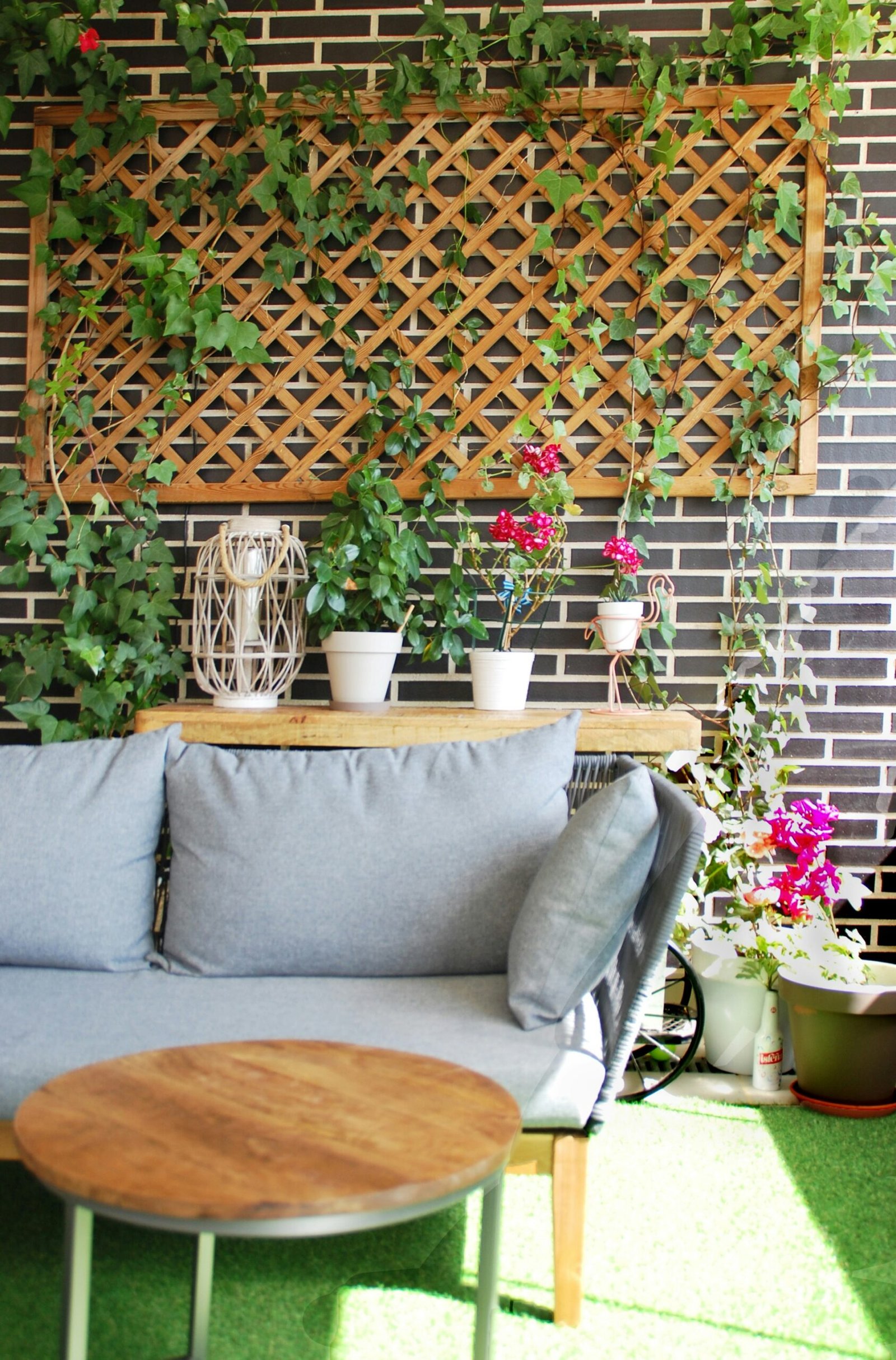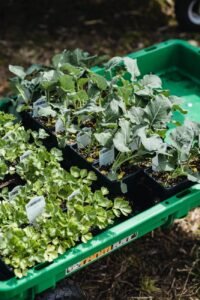When it comes to gardening, space can often be a limiting factor. Whether you have a small backyard, a balcony, or even just a windowsill, the idea of growing your own plants and vegetables may seem impossible. However, there is a solution that allows you to make the most of your available space: vertical gardening.
What is Vertical Gardening?
Vertical gardening is a technique that involves growing plants vertically, rather than horizontally. By utilizing walls, fences, or specially designed structures, you can create a garden that takes advantage of the vertical space in your home or outdoor area.
Vertical gardens can be as simple or as complex as you desire. They can range from a few potted plants attached to a wall to intricate systems with built-in irrigation and lighting. The choice is yours and depends on your available space, budget, and level of commitment.
Why Choose Vertical Gardening?
There are several advantages to choosing vertical gardening:
- Maximizing Small Spaces: Vertical gardening allows you to make the most of limited space. Whether you have a tiny balcony or a narrow strip of yard, you can transform it into a lush garden by going vertical.
- Increased Yield: By growing plants vertically, you can fit more plants in a smaller area. This means you can grow a greater variety of plants and enjoy a higher yield of fruits, vegetables, or flowers.
- Improved Aesthetics: Vertical gardens can be visually stunning. They add a touch of greenery to any space, creating a vibrant and inviting atmosphere. Whether you choose to grow colorful flowers or delicious herbs, a vertical garden is sure to enhance the beauty of your surroundings.
- Easy Maintenance: Vertical gardens are often easier to maintain than traditional gardens. With plants positioned at eye level or above, you can easily monitor their health and address any issues. Additionally, vertical gardens can be designed with built-in irrigation systems, reducing the need for manual watering.
Getting Started with Vertical Gardening
If you’re ready to give vertical gardening a try, here are a few steps to get you started:
1. Assess Your Space:
Take a look at the available space you have and determine where you can install your vertical garden. Consider factors such as sunlight exposure, access to water, and the weight-bearing capacity of the chosen surface.
2. Choose Your Plants:
Select plants that are suitable for vertical gardening. Look for varieties that have compact growth habits, such as herbs, salad greens, strawberries, or trailing flowers. Consider the amount of sunlight they require and their water needs.
3. Select a Vertical Gardening System:
There are various options for vertical gardening systems, including wall-mounted planters, hanging baskets, and freestanding structures. Choose a system that suits your space and budget. You can also get creative and repurpose items like pallets or shoe organizers for a DIY vertical garden.
4. Prepare the Soil and Plant:
Ensure that your chosen system has adequate drainage and fill it with a suitable potting mix. Plant your selected plants, following the spacing and planting instructions for each variety.
5. Water and Maintain:
Regularly water your vertical garden, taking care not to overwater or underwater. Monitor the health of your plants and address any pests or diseases promptly. Prune as needed to encourage healthy growth.
Vertical Gardening Tips and Tricks
Here are a few additional tips to help you make the most of your vertical garden:
- Consider using a trellis or mesh for climbing plants.
- Rotate your plants periodically to ensure even growth and sunlight exposure.
- Use lightweight potting mix to prevent excessive weight on your vertical structure.
- Experiment with different plant combinations and arrangements to create visual interest.
- Utilize vertical space indoors by installing shelves or hanging planters.
Vertical gardening is a fantastic way to maximize small spaces and bring the joy of gardening into your life, no matter how limited your area may be. With a little creativity and planning, you can create a beautiful and productive garden that will delight you for years to come.















